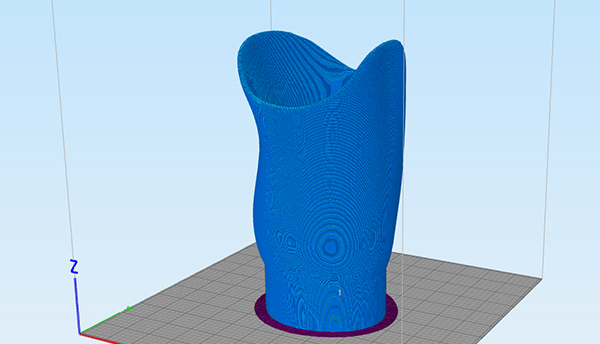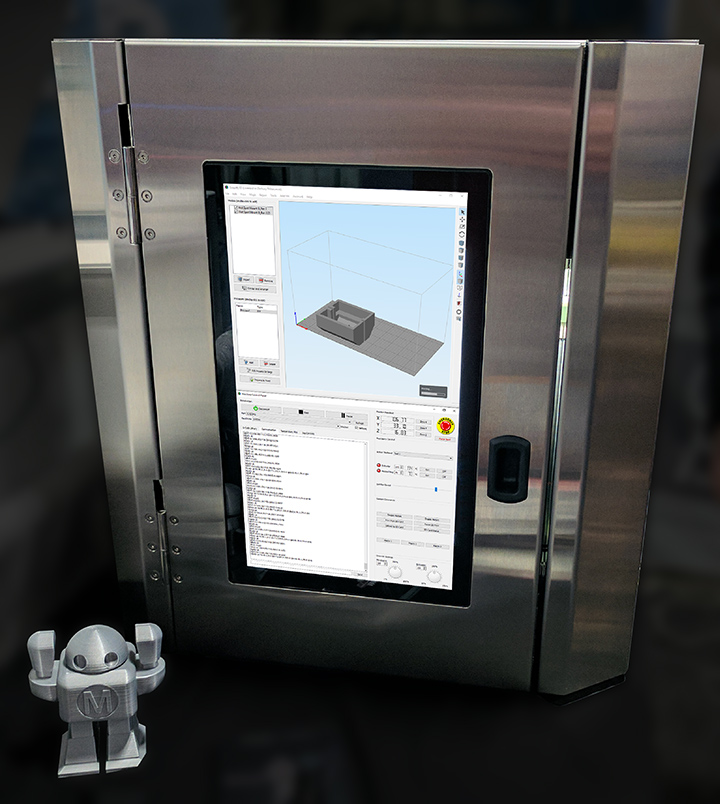
The role of a practitioner

Additive Manufacturing in Orthotics and Prosthetics: The Role of the Practitioner
The orthotic and prosthetic industry is slowly growing more technologically advanced, with an increasing number of professionals embracing new tools and processes to improve their businesses.
To be a practitioner in O&P industry, there are certain standards and requirements that must be met. To be a certified Orthotist or Prosthetist, one must complete a master’s degree, a year of internship, and written, practical, and oral examinations by the American Board for Certification in Orthotics and Prosthetics, Inc. There is also Mandatory Continuing Education Programs (MCE) in place to ensure ABC-certified clinicians are up-to-date with the current processes and policies. In the state of Ohio, the annual license renewal fee for certified Orthotists and Prosthetists is $400. With these certifications and requirements comes immense knowledge of the profession, and changes the way the field is progressing towards the future.
These professionals have extensive knowledge of the anatomy and kinesiology, as well as skills in patient management and communication. Clinicians are now expected to counsel grieving patients, fit patients, (in many cases) fabricate the prescribed device, and help patients find a way to finance their devices. In many cases, clinicians have started looking for help to meet these growing expectations by adopting new technologies.
3D technologies (scanning, modeling, printing) are evolving every single day and may soon become a key asset in the O&P world. In fact, many believe that “scan-to-print” technology is the future in providing optimal Orthotic and Prosthetic care in a profitable manner. Although applications for this technology may require additional validation, the potential benefits are prevalent. This technology is quickly being integrated into O&P companies to improve operations and drive innovation by:
-Enabling fast reproduction of similar parts
-Significantly reducing manufacturing time
-Reducing fitting time and material usage with 3D scanning
-Employing a wide range of materials for maximum comfort and patient quality of life
While promising, many questions regarding the use of 3D technologies in O&P business remain. Qualification of materials, validation of printed parts, and vetting of scanning and modeling technologies have caused hesitation amongst O&P companies, just to name a few! While some have taken the research and development burden head-on, many are not in a position to invest the time and money to do so. One question remains: what needs to happen in order for the widespread adoption of additive manufacturing to revolutionize the Orthotics and Prosthetics industry?
To learn about Ohio’s Advanced Manufacturing Partnership project directed at the O&P industry, click here: https://juggerbot3d.com/class-i-and-class-ii-medical-device-development-with-advanced-material-technology-for-3d-printing/
